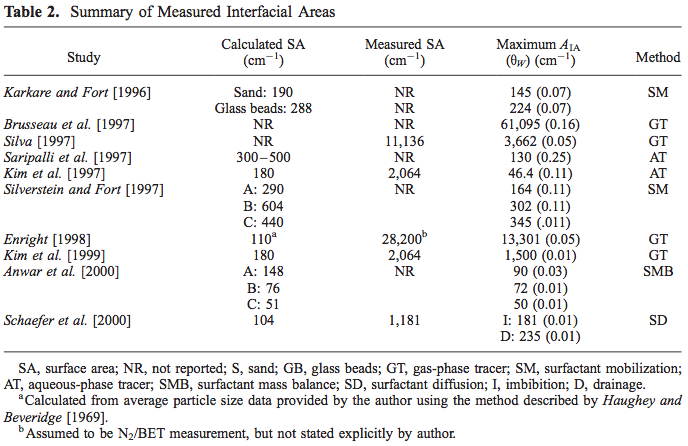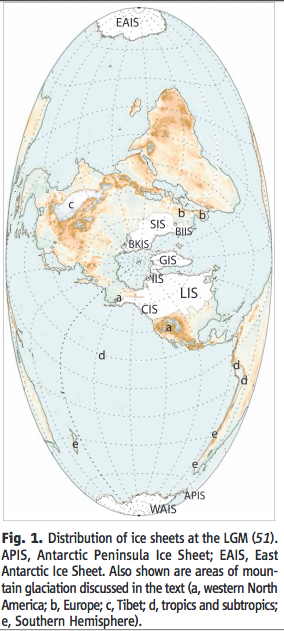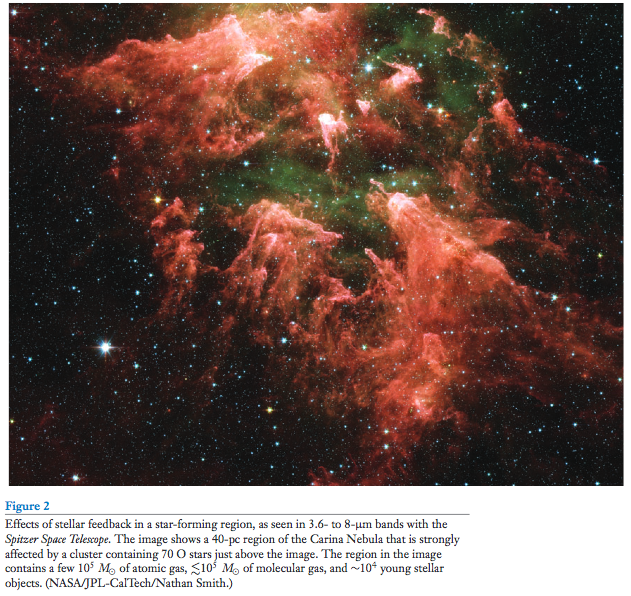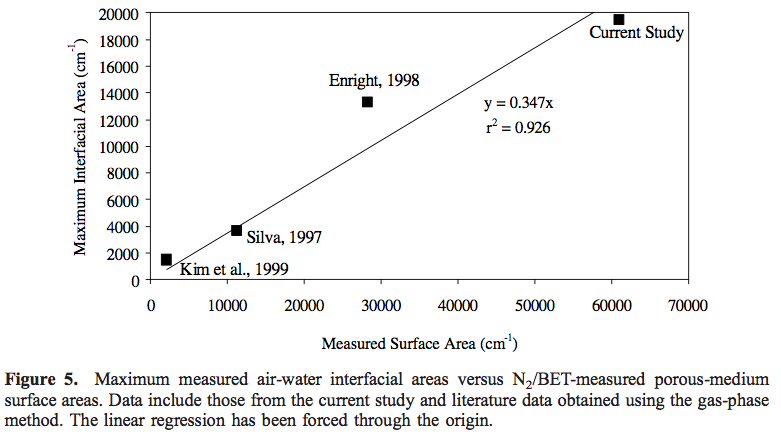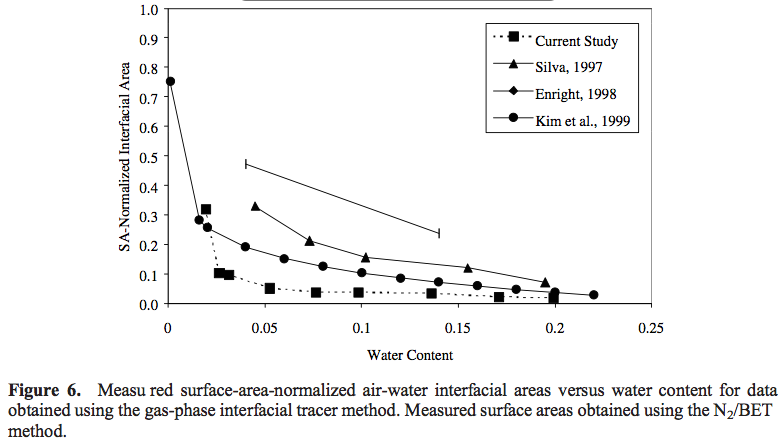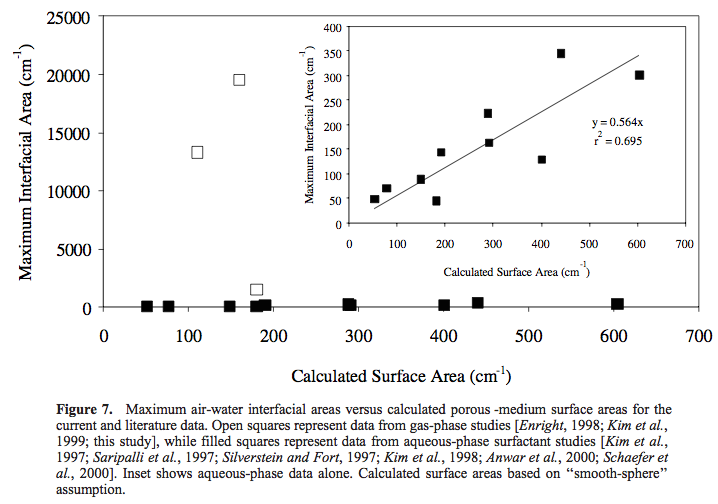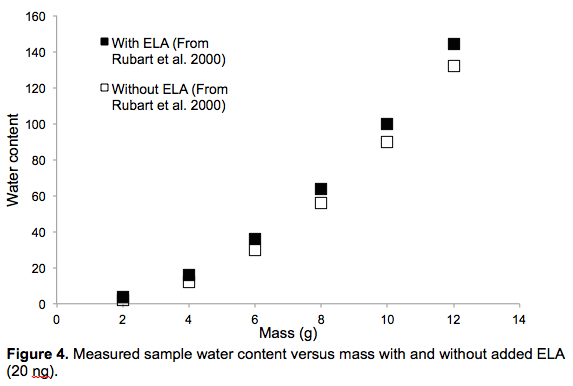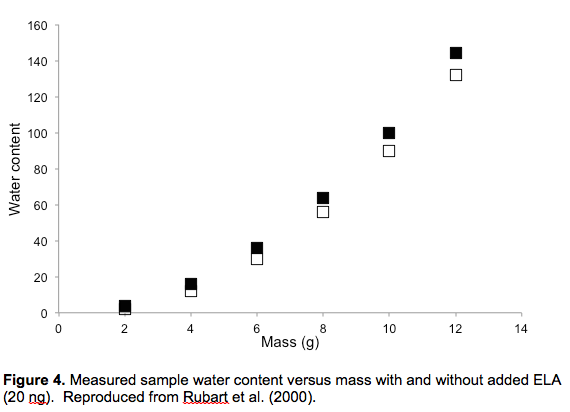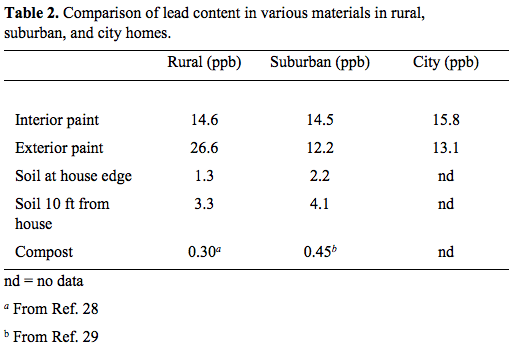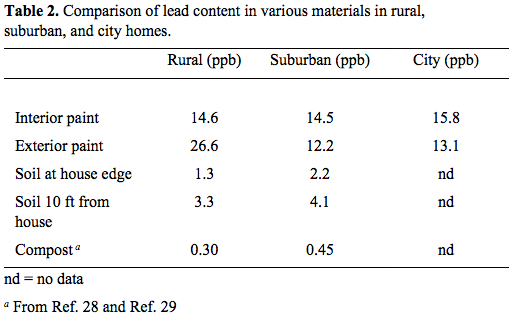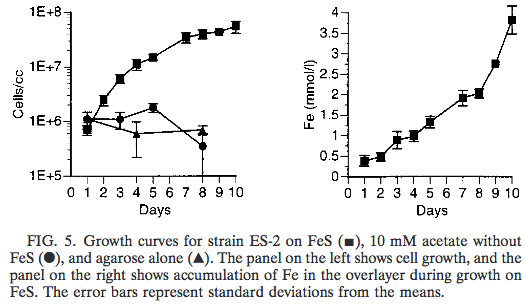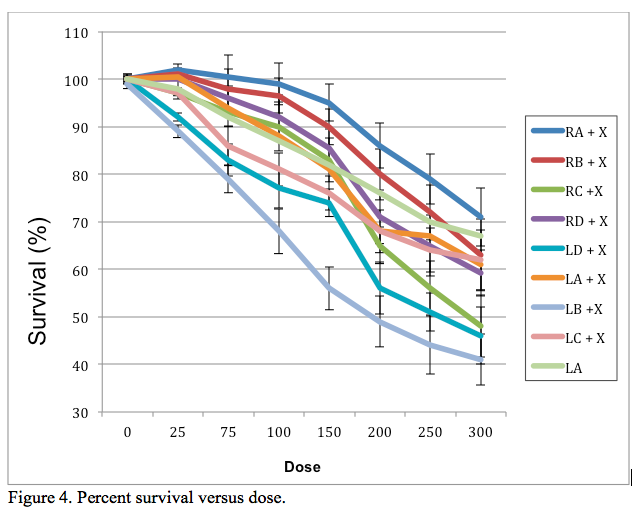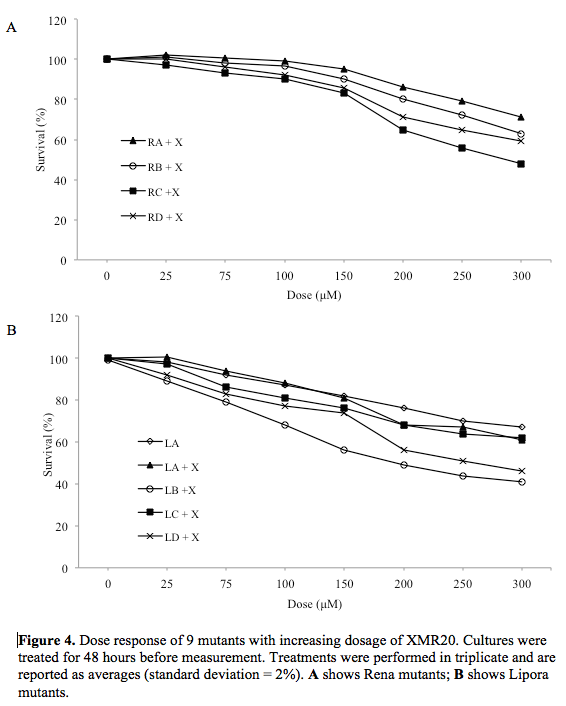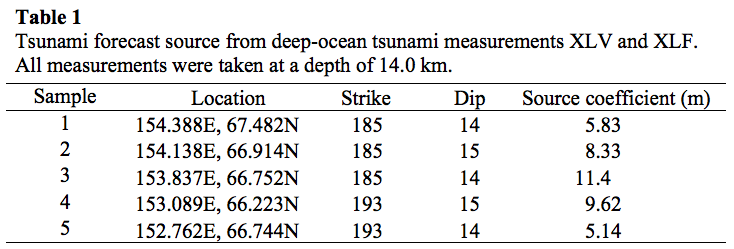Sample exercises and tests
This page contains a list of all the exercises provided throughout this website. The exercises are organized by topic and are assigned a reference number (e.g. Lit-3) so that you may more easily direct your students to a specific exercise on the site.
[bg_faq_start]
Aud – Audience and purpose
Exercises from “How do I get started?“
Aud-1: Practice exercise
Compare the sentences in each set given. What do you think is the purpose and intended audience for each sentence? Think about what kinds of clues in the language led you to these conclusions.
[bg_faq_start] Possible solutions
As you can see, sometimes similar-sounding information can address 2 entirely different audiences and/or purposes, while different purposes can be achieved with the same audiences in mind. The vocabulary, level of detail, and amount of explanation you use can all help tailor information to your intended audience and purpose. [bg_faq_end] |
Aud-2: Test yourself
What genre would be most appropriate for the following scientific audiences and purposes?
[bg_faq_start] Solutions
[bg_faq_end] |
|
Aud-3.1: Test yourself Based on the kinds of details used, which audience (expert, scientist, or student) do each of the following statements seem to be most addressing? Aud 3.1 – Biology
[bg_faq_start] Solutions1) student; this is the kind of detailed procedural instructions that would be found in a lab manual or notebook. [bg_faq_end] Aud 3.2 – Chemistry
[bg_faq_start] Solutions1) student; this statement includes a simple explanation of what diabetes is but doesn’t go greatly into detail about the chemistry of β-cell function. Aud 3.3 – PhysicsWhich audience (expert, scientist, or student) do each of the following statements seem to be most addressing?
[bg_faq_start] Solutions1) expert; “g/2π” and “the decoherence rates κ and γ” are so specific that they would likely only be of interest to someone with prior knowledge of quantum physics. Aud 3.4 – GeologyWhich audience (expert, scientist, or student) do each of the following statements seem to be most addressing?
[bg_faq_start] Solutions1) scientist; understanding this statement requires some scientific background to understand such phrases as “extracellular polymeric substances,” but none of the details require highly specific knowledge about geology. [bg_faq_end] |
Aud-4: Practice exercise
Re-write the following statements to make them more formal.
[bg_faq_start] Possible solutions
Note that by using formal language, your writing will also become more concise! |
Aud-5: Test yourself
Which genre or section of a particular genre should you use to achieve the following purposes?
[bg_faq_start] Solutions
|
Aud-6: Test yourself
Each pair of sentences has one audience, given in bold. Compare the formality, level of detail, and conciseness of each sentence in the pair to determine what its purpose is.
[bg_faq_start] Solutions
Note that in addition to knowing your audience, you need to know your purpose before you can know what to write about! The reverse is also true. [bg_faq_end] |
[bg_faq_end]
[bg_faq_start]
Lit – Literature, citations, and references
Exercises from “How can I find and use the literature?” and sub-pages.
Lit-1: Test yourself
If you got information from one of the following sources, what is the best way for it to be cited? Choose either A, B, or C:
|
Lit-2: Practice exercise
Paraphrase each of the following by changing both the wording and structure of the passage while retaining the important scientific information.
[bg_faq_start] Possible solutionsAll solutions should attempt to both alter the organization of the original passage and be in your own words. Remember that the original source will still need to be cited.
Some of these example solutions may seem to cut out important information. The key is to know what information is critical for you to use and to cut out anything else. [bg_faq_end] |
Lit-3: Practice exercise
Look at the figures and tables in the examples below and ask yourself:
The undergraduate thesis of Alison Maxwell (Middlebury College)
Costanza-Robinson and Brusseau (2002)
Costanza-Robinson and Brusseau (2002)
|
Lit-4: Test yourself
Note the way previously published work is cited in each of the following figures. Of the given options, which do you think is a better way to cite the information? Why?1. a) b)
2. a) b) [bg_faq_start] Solutions
[bg_faq_end] |
[bg_faq_end]
[bg_faq_start]
Org – Broad and fine writing organization, including move structures
Exercises from “How do I organize my writing?”
Org-1: Test yourself
Read the abstract given and identify which sentences comprise each of the major moves (1, 2 and 3) made by the authors. The beginning of each sentence is numbered, such as [1], for easier reference in the solutions.
[bg_faq_start] Solutions
[bg_faq_end] |
| [bg_faq_start] Org-2: Test yourself Each of the following sentences are taken out of context from journal article abstracts. Identify the move associated with each statement.
[bg_faq_start] Solutions
[bg_faq_end] [bg_faq_end] |
Org-3: Test yourself
In the following examples, identify the gap statement. Then, identify the fill. Notice if there are any specific words or phrases used to signal either of these moves.1. Adapted from Costa, Robertson, and Quilliam (2015): Paralytic shellfish poisoning occurs worldwide, and harmful algal blooms, including those responsible for PSP, appear to be increasing in frequency and intensity. PSP outbreaks in Portuguese waters have been associated with blooms of Gymnodinium caenatum in the late 1980s to early 1990s, then again after 2005. According to the national monitoring program in Portugal, G. catenatum were not reported along the Portuguese coast during the 10-year period from 1995 to 2005. The aims of this study were to fully characterize the toxin profile of G. catenatum strains isolated from the NW Portuguese coast before and after the 10-year absence of blooms to 2. Adapted from Littler, Ciringh, and Lindsey (1999): The exchange process frequently observed in polypyrrane condensations is proposed to occur by the acid-catalyzed fragmentation of a polypyrrane 1 into pyrrolic 2 and azafulvene 3 components.15 As illustrated in Scheme 2, recombination of 2 and 3 can form a new polypyrrane 4 that cannot be formed by direct condensation of the dipyrromethane and aldehyde. Ultimately this process leads to the production of a scrambled mixture of porphyrins. The factors that promote the scrambling process in MacDonald-type 2 + 2 condensations are poorly understood, but suppression of scrambling is essential for preparing large quantities of pure trans-porphyrins. In this paper we describe a study of a wide range of reaction conditions for the 2 + 2 condensation that has led to refined synthetic procedures for the preparation of trans-porphyrins. 3. Adapted from Pukhov and Meyer-ter-Vehn (2002): In the present paper, we focus on laser wake field acceleration in a new, highly non-linear regime. It occurs for laser pulses shorter than λ(p) but for relativistic intensities high enough to break the plasma wave after the first oscillation. In the present relativistic regime, one should notice that the plama wave fronts are curved and first break new the wave axis and for lower values than the plane-wave limit. This has been studied in 2D geometry in [14-17]. Here, we present 3D PIC simulations of two representative cases. The case (I) is just marginally above and the case (II) is far above the breaking threshold. [bg_faq_start] SolutionsGood gap and fill signaling phrases are italicized.
1. Gap statement: “The factors that promote the scrambling process in MacDonald-type 2 + 2 condensations are poorly understood….” Fill: “In this paper we describe a study of a wide range of reaction conditions for the 2 + 2 condensation that has led to refined synthetic procedures for the preparation of trans-porphyrins.”
2. This question is a little trickier! The authors use “In the present paper…,” then, “In the present regime…,” and finally, “Here…,” all of which sound like signaling words for filling the gap. But where is the gap? We have to look closely at what exactly is being said. It is true that the first statement appears to be somewhat of a gap fill, although they haven’t yet given us a gap statement. The authors go on to say “This has been studied in 2D geometry,” which brings us back to move 1(iii), identifying critical evidence from the literature. Thus, the gap statement is not explicit. It is a combination of stating that this concept has been studied in 2D, followed by announcement that the authors will study it in 3D. Although the first sentence (“… we focus on laser wake field acceleration…”) could also be considered part of the fill, because it comes before the gap statement and is also less descriptive, it functions more as an introduction to these moves.
3. Gap statement: “According to the national monitoring program in Portugal, G. catenatum were not reported along the Portuguese coast during the 10-year period from 1995 to 2005.” Fill: “The aims of this study were to fully characterize the toxin profile of G. catenatum strains isolated from the NW Portuguese coast before and after the 10-year absence of blooms to
[bg_faq_end] |
Org-4: Practice exercise
Find 3-4 primary research articles (not reviews) from reputable journals in your field. Underline the gap statement and circle the gap fill. Remember that not all papers follow this exact move structure, so if you can’t seem to find either of these moves, you might have to look carefully at different parts of the introduction and ask yourself:
|
| [bg_faq_start] Org-5: Test yourself Each of the following sentences are taken out of context from journal article abstracts. Identify the move associated with each statement.
[bg_faq_start] Solutions
[bg_faq_end] |
| [bg_faq_start] Org-6: Practice exercise In a paper by Emerson and Moyer (1997), the authors describe an experiment in which they attempt to grow two different iron-oxidizing bacterial strains, ES-1 and ES-2, on various mediums . Below is an excerpt from this paper with an accompanying figure. Read the excerpt and answer the following questions:
The growth curves of strains ES-1 and ES-2 are shown in Fig. 4 and 5, respectively. ES-1 grew on FeS with a doubling time of approximately 8 h. The addition of acetate to the growth medium did not appear to stimulate the growth of ES-1 above that of Fe2+ alone. When ES-1 was grown in the presence of agarose alone it did not show any sign of growth (Fig. 4). When it was grown in the presence of acetate, pyruvate, or glucose without added iron, there was no visible sign of growth. Strain ES-2 grew on FeS with a Both strains required vitamins for growth; when the vitamins were omitted their growth diminished markedly after two or three transfers. If bicarbonate was omitted from the medium and 10 mM HEPES buffer was substituted as a buffer at pH 6.5, it also appeared that the growth of the strains was diminished, as judged by the slower than normal formation of a growth band. [bg_faq_start] Possible solutions
[bg_faq_end] [bg_faq_end] |
| [bg_faq_start] Org-7: Test yourself Each of the following sentences are taken out of context from journal article Results sections. Identify the move associated with each statement. Also try to identify the sub-move, if you can!
[bg_faq_start] Solutions
[bg_faq_end] |
Org-8: Test yourself
Each of the following excerpts are taken out of context from journal article Discussion sections. Assuming each excerpt as a whole accomplishes Move 2, identify which of the four sub-moves is accomplished by each sentence. Note that not every excerpt will contain all of the sub-moves. (Sentences are numbered with italicised superscript numerasl for reference in the Solutions.)1. Adapted from Steelman, Kennedy, and Parker (2015): 1 The riverbed along the Eramosa River is an intermittently-exposed bedrock surface, where groundwater and surface water are variably connected through networks of open and sediment-filled discrete fractures and conduits. 2 The identification of epikarst partially covered by fluvial sediment and its relationship to the formation open and exposed fracture conduit networks and suspected sinkholes, advanced our understanding of hydraulic and temperature responses in the shallow bedrock aquifer. 3 Our ability to estimate physical properties of the bulk rock formation to 15–20 m depth using GPR resulted in a better understanding of hydraulic conditions and aquifer properties across the study area, improving our understanding of spatial variability of advective pathways along this river system. 4 The approach used in this study could be used to construct larger-scale 2D layer models of shallow groundwater aquifers enhancing the development of local flow models capable of assessing groundwater–surface water dynamics. 5 While our geophysical approach was effective in detecting the position and frequency of vertical and subvertical fracture zones and exploring the general characteristics of a bedrock river system, it did not provide direct evidence of the mechanisms governing spatial variations in bedrock riverbed features (e.g., buried channels, fractures and conduits, sinkholes) or their hydrogeologic significant to the local flow system. 6 Based on the available geophysical, hydrogeological and geological information, we suspect that lateral variations in erosion-resistant layering (e.g., fine-grained, well-cemented, thinly-laminated rock) are likely controlling channel morphology, as well as the occurrence and development of discrete fracture networks and conduits which transiently control surface water–groundwater connectivity from low to high stage periods. 7Nevertheless, this initial work represents a basis for future studies aimed at characterizing groundwater–surface water exchange patterns in a bedrock river environment. 2. Adapted from Mottaleb, Woo, and Kim (2001): 1 In ELCAD-AES analysis, a stable glow discharge plasma could be obtained by applying 1-2 kV in an atmospheric air pressure and a several mm discharge gap between the Pt rod anode and electrolyte solution cathode. 2 Spectrum emitted from waters contained basic atomic lines of dissolved metals and OH bands peaks. 3 The intensity of spectral lines depends on the operating parameters such as pH of the electrolytes, discharge current and discharge gap. 4 The LOD values of Hg, Pb, Cd, Cu, Na and K were found in the range of 0.001-0.08 mg/l. 5 The LOD values of Hg, Pb, Cd and Cu were improved by more than one order of magnitude compared to closed-type ECLAD. 6 The applicability of ELCAD-AES has been assessed for fresh milk analysis. 7 The concentrations of different metals such as Cu, Pb, Fe, Mn, Ca, Zn, Mg, Na and K found in drinking water and fresh milk support the WHO and Korean Environmental Protection Agency guidelines. 8 Finally, this technique could have potential and effectively be used for analysis of other liquid samples such seawater, fruit juices, etc. 3. Adapted from Stensvold et al. (2015): 1 Future studies should monitor the prevalence, distribution, and host specificity of Babesia in ticks from different geographical regions in Denmark and neighbouring countries in order to increase awareness and to enable assessment of the potential public health risk of contracting babesiosis in this region where infections may be emerging. 2 Furthermore, it should be investigated, to which extent patients with Lyme disease are seropositive for Babesia. 3 Low diagnostic sensitivity related to traditional diagnosis of acute babesiosis can be overcome by the use of Babesia-specific PCR, suitable for direct detection of the pathogen in blood samples from patients with relevant exposure and unexplained fever. Conclusion 4 This study is the first to detect of B. microti in Danish ticks. We confirmed the presence of B. microti in I. ricinus collected at multiple locations in Denmark. 5 Our data evinces endemic occurrence of potentially zoonotic Babesia in Denmark and confirms I. ricinus as a vector of multiple pathogens of public health concern. 6 Awareness of the potential impact of Babesia on public health in Scandinavia could be increased by monitoring the prevalence, distribution, and host specificity of Babesia in ticks. 4. Adapted from Pukhov and Meyer-ter-Vehn (2002): 1 In this work we have considered the wake field acceleration of electrons in the broken-wave regime. 2 This kinetic and highly non-linear regime is difficult to treat analytically, and therefore we have studied it numerically. 3 We find that the 3D wave breaking of the laser wake field can produce electron bunches with unique properties. 4 A sub-10-fs laser pulse with only 20-mJ energy is able to accelerate 109 electrons with a flat spectrum reaching 50-MeV energy. 5 A spectrum sharply peaked in energy is obtained for a 12-J, 30-fs laser pulse. 6 In this case the laser is intense enough to expel all background electrons from the first wake trough, forming a solitary cavity and a completely broken wake field further downstream. 7 Propagating through plasma, this cavity continuously traps a small portion of background electrons and generates an almost mono-energetic beam of 3 × 1010 electrons at 300 MeV. 8 These new results call for experimental verification. 9 At present we have to rely on our 3D PIC simulations. 10 However, we recall that PIC simulations have been very successful in reproducing existing experiments [12, 14, 34]. 11 The fast development of laser technology suggests that the laser pulses with corresponding parameters will be available in the near future. [bg_faq_start] Solutions1. Sentences 1-3: Move 2(i) Sentence 3: Move 2(iii) Sentence 4: Move 2(iv) Sentences 5-6: Move 2(ii) –although sentence 6 isn’t exactly identifying a limitation of the project, it is further explaining the limitation identifyed in sentence 5. Sentences 7: Move 2(iii) 2. Sentences 1-5: Move 2(i) Sentences 6-8: Move 2(iii) 3. Sentences 1-3: Move 2(iv) Sentence 4: Move 2(i) Sentence 5: Move 2(iii) Sentence 6: Move 2(iv) –yes, again! Here they decided to sum up the future work in one concise, overarching statement, which helps broaden their discussion back out at the very end of their paper. 4. Sentences 1-7: Move 2(i) Sentence 8: Move 2(iv) Sentence 9: Move 2(ii) Sentence 10-11: The end to this paper is unconventional. The authors make an effort to further validify their results by explaining the accuracy of the method. This kind of discussion might be better suited to earlier in the discussion (as part of Move 1), but nonetheless somewhat implies Move 2(iv) by referring to the future of this type of project and therefore succeeds in broadening the scope of the end of the paper.
Note how none of these papers use all of the available moves or use them in the same order! The most important thing is to use the moves that make the most sense for your project and what you are trying to accomplish.
[bg_faq_end] |
[bg_faq_end]
[bg_faq_start]
Pro – Conciseness, visuals, clarity, objectivity, and accuracy
Pro-1 and 2 are practices in conciseness.
Pro-1: Practice exercise
Revise the following paragraphs for conciseness by crossing out any unnecessary words and replacing any wordy phrases with shorter ones.
[bg_faq_start] Possible Solutions
[bg_faq_end] [bg_faq_end] |
Pro-2: Practice exercise
Using all of the techniques you have learned in this section, rewrite the following sentences to be as concise as possible (without omitting seemingly important content!).
[bg_faq_start] Possible solutions
[bg_faq_end] [bg_faq_end]
|
Pro-3, 4 and 5 are for practicing professional use of visuals.
Pro-3: Test yourself
In each of the following instances, decide if it would be most appropriate to present the data using a figure, a scheme, a table, or words alone.
[bg_faq_start] Solutions
[bg_faq_end] |
| [bg_faq_start] Pro-4: Practice exercise Study the figure below and identify as many formatting errors in it as you can. How might you correct these to make a more informative and visually appealing graph?[bg_faq_start] Possible solutionThere are a few key things very wrong with the above figure:
One possible alternative we devised is: Note: In the original graph, all of the formatting (except for the axis labels, legend, and box around the key) was generated automatically by Excel. So be careful! When Excel creates a chart for you, you will always need to do a fair bit of formatting yourself before it is of publishable quality. [bg_faq_end] |
| [bg_faq_start] Pro-5: Practice exercise Below is a poorly formatted table. Propose some revisions to this table to improve it.[bg_faq_start] Possible solutionHere is one way to re-format the example above: Although there are many ways to format this table correctly, the critical changes we made were to:
In addition, we also chose to:
[bg_faq_end] |
Pro-6 through …
| [bg_faq_start] Pro-6: Test yourself Which of the following sentences use personal nouns and pronouns appropriately in the context of professional scientific writing? For any that don’t, rewrite them to be more objective.
[bg_faq_start] Solutions
[bg_faq_end] [bg_faq_end] |
| [bg_faq_start] Pro-7: Practice exercise Choose any primary research article and read its discussion section. Underline all hedging words and phrases and note the contexts in which they are used.[bg_faq_end] |
Pro-8: Test yourself
Which of the following statements are inaccurately ascribing animate qualities to inanimate objects? Re-write any such statements to avoid this error.
[bg_faq_start] Solutions
[bg_faq_end] |
| [bg_faq_start] Pro-9: Practice exercise Make each of the following sentences more fluid by replacing any colloquial words or phrases with more formal ones.
[bg_faq_start] Possible Solutions
[bg_faq_end] [bg_faq_end] |
| [bg_faq_start] Pro-10: Practice exercise Re-write each of the following sentences using parallelism and, if appropriate, the word “respectively.”
[bg_faq_start] Possible solutions
[bg_faq_end] [bg_faq_end] |
Pro 11 – Practice exercise
Re-write any awkward sentences below so that they are more fluid by changing some of the parts of speech used. Keep in mind that transforming the part of speech of a term will also require that you change the sentence structure in other ways.
[bg_faq_start] Possible solutions
[bg_faq_end] [bg_faq_end] |
[bg_faq_end]
[bg_faq_start]
Mec – Language, grammar, and punctuation
Exercises from “Common errors to watch out for.”
| [bg_faq_start] Mec-1: Test yourself Correct the mistakes, if there are any, in the way that the numbers and units are written in the following statements.
[bg_faq_start] Solutions
[bg_faq_end] [bg_faq_end] |
| [bg_faq_start] Mec-2: Test yourself Correct the mistakes, if there are any, in the way that the following statements are punctuated, spaced, and/or capitalized.
[bg_faq_start] Solutions
[bg_faq_end] [bg_faq_end] |
| [bg_faq_start] Mec-3: Test yourself Is the grammar in each of the following sentences correct? If not, what word should be changed, and in what way?
[bg_faq_start] Solutions
[bg_faq_end] [bg_faq_end] |
[bg_faq_end]
[bg_faq_start]
In-class exercise ideas
[bg_faq_end]
[bg_faq_start]
Sample rubrics and feedback
[bg_faq_end]


